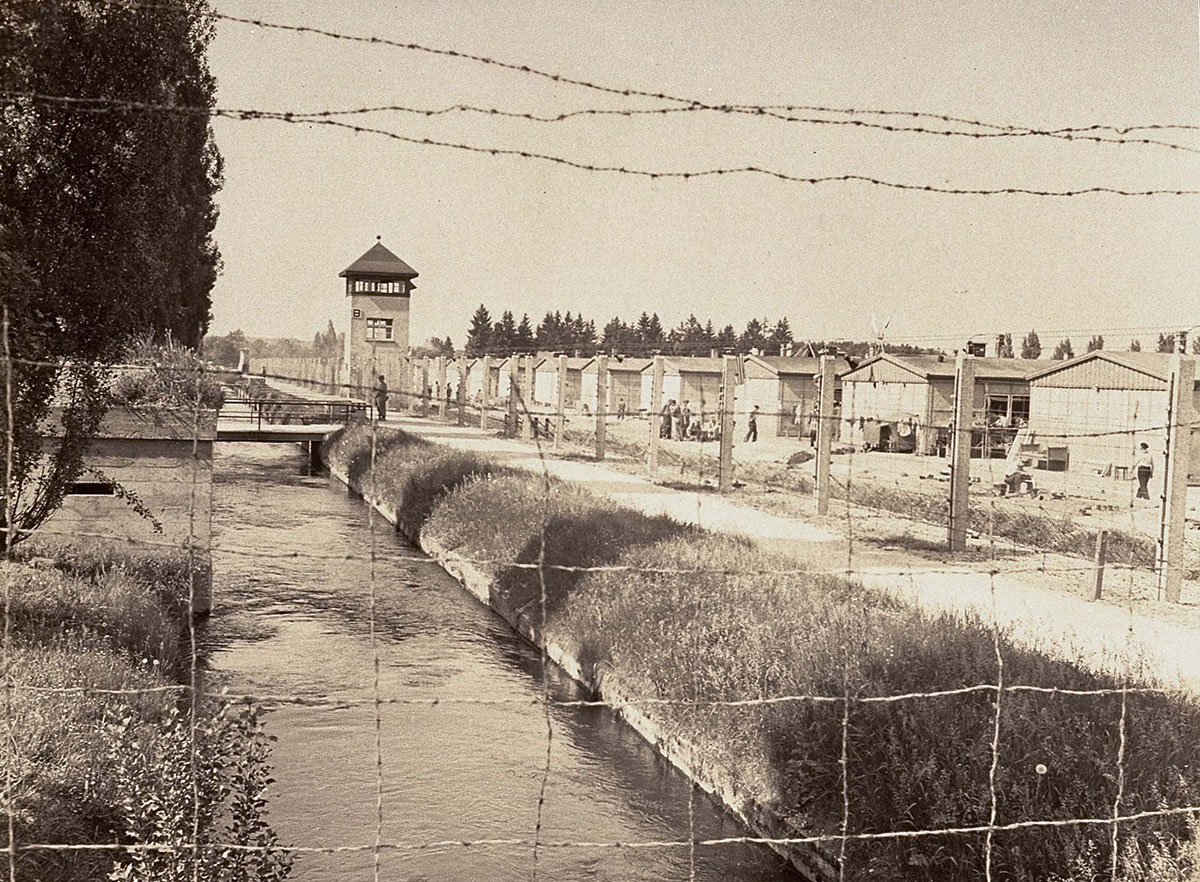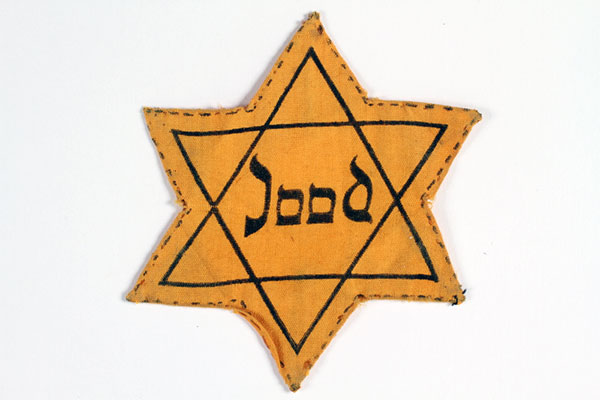"It is the desire of the Theater Commander that both still and moving pictures be utilized to the fullest extent practicable as exhibits in reports of investigations of war crimes committed by the Nazis with particular reference to Allied prisoners of war both in and out of camps and to concentration camps for the purpose of recording for civilization the history of horror written by over five years of German atrocities."
— Omar Bradley, April 24, 1945
About Liberation Photography
Almost every day, World War II veterans and their families uncover extremely graphic photographs taken of the liberation of the Nazi concentration camps. These photographs provide powerful documentation of the crimes of the Nazi era. Though most GIs did not have access to a camera, some did and took their own photos. However, many are copies of US Signal Corps photographs of the Buchenwald, Dachau, and Mauthausen concentration camps and their various subcamps. Among the most common images is a series taken by an unknown photographer of the crematorium in Dachau and later published as postcards.
Contact Us
Photo Archives
United States Holocaust Memorial Museum
100 Raoul Wallenberg Place, SW
Washington, DC 20024-2126
Tel.: 202.488.6111
Fax: 202.479.9726
E-mail: photoarchives@ushmm.org
Though we do not know how these photographs came to be reproduced and distributed in such great numbers, some hypothesize that these photographs were distributed as part of a policy reflected in General Dwight D. Eisenhower's desire to widely publicize the evidence of Nazi atrocities. Some of the most common images were printed in a small illustrated pamphlet by the US Army shortly after the end of the war and distributed throughout Germany so that "ordinary citizens become aware of the crimes which were committed in their midst, in their names, and with their permission."
If you would like to compare photographs in your possession to some of the most commonly reproduced photos to see if they are part of this massive documentation effort, please view the photographs below. Please note that some of these photographs are quite graphic and may not be suitable for young children.
Is the Museum interested in collecting any more material?
The Museum collects original artwork, artifacts, documents, and photographs dating from the time of Nazi occupation through life in the displaced persons camps in order to tell the tragic story of the Holocaust powerfully and authentically. If you think that you possess unique photographs of liberation and would like to donate them, please contact photoarchives@ushmm.org.
As part of our standard procedure, we ask that you please provide us with copies of the photographs (include the back if there is an inscription) in order to assist us in making our decision. These can be sent as scanned images via e-mail, or to our attention at the address above. In addition, if known, please include any further information you are able to provide about the liberator (name, rank, unit, etc.), and any additional information you can provide about where and when he/she took the photos. If known, please include any further information you are able to provide about how you came to acquire the photographs (via inheritance, purchase, gift, etc.), about the photographer, and where and when the photographs were taken. Please do not send any original materials at this time. We will review the images and other information you provide, and then be in touch regarding our decision. Should we decide that we are not able to accept the photographs for our collection, we would be happy to refer you to other institutions you can contact.
What is the monetary value of these photographs?
As a non-profit, federally funded institution, we are not permitted to appraise materials or provide you with any information in regard to the appraisal process and cost. In addition, we cannot recommend a specific appraiser, but you can use the following websites to search for assistance:


































